Jeronimos Monastery
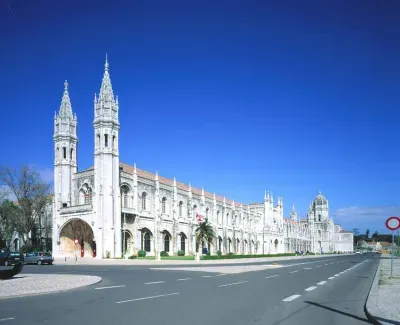
The Jerónimos Monastery was built during most of the 16th century in the Manueline style. It was built at a time when Portugal had an empire and was in the mood to show the World its status through a plethora of monuments and palaces
The Berardo Collection
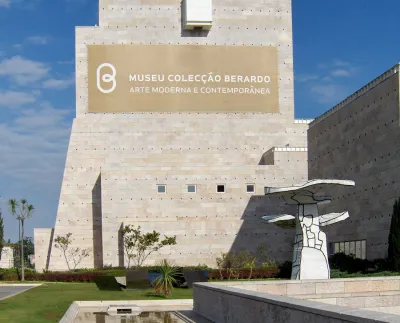
World acclaimed private modern art collection with works by Andy Warhol, Jackson Pollock, Jeff Koons, and more.
Centro Cultural de Belem
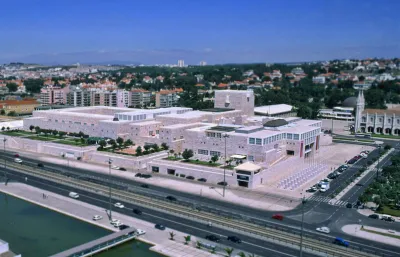
Referred to simply as the CCB, this beautifully designed Centro Cultural de Belem was originally built to serve as headquarter for the Portuguese Presidency of the EU in 1992. It now provides over 100,000 square metres of space for a year-round calendar of cultural events, conferences, exhibitions and meetings as well as providing one of the best permanent exhibitions of modern art in Europe, a number of eateries and shops and much more.
Monument to the Discoveries
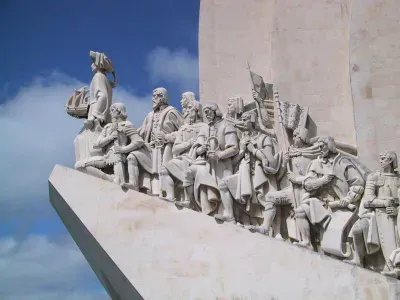
52 metre high monument on the waterside in Belem. The monument was built to celebrate the 500th anniversary of the death of Henry the Navigator. It features 33 prominent people of that era
Belem National Palace
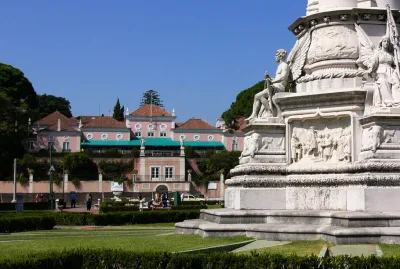
Now the official residence of the president of Portugal the palace was built in the 16th by Manuel of Portugal to overlook the nearby Jerónimos Monastery
National Coach Museum

Museum housing the extensive collection of carriages belonging to the Portuguese royal family and nobility. Located in the old Horse Riding Arena of the Belém Palace, this is one of Lisbon's most visited museums.
Igreja da Memória

The elegant Baroque Igreja da Memória was built on the orders of King Jose I in 1760 as a gesture of thanksgiving for having survived an assassination attempt two years earlier. The location of the church marks the exact spot where the failed attempt on the king’s life took place.
Electricity Museum
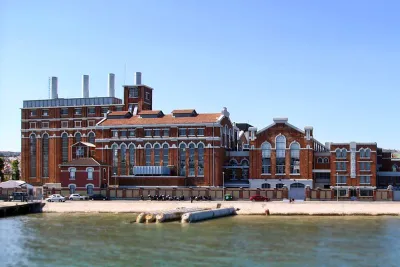
Museum housed in the old riverside power station. Presents the history of energy through a series of experimental exhibits and cultural context
Monumento aos Combatentes do Ultramar
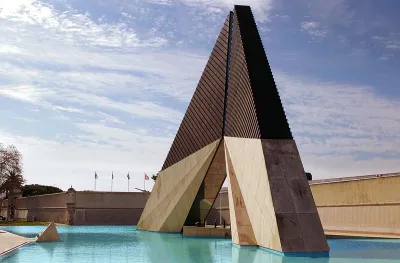
From the early 1960’s to the mid-1970s Portugal fought a controversial campaign in Africa, attempting in vain to keep hold of its colonies there. Known as the Combatentes Ultramar (Overseas War) this conflict took the lives of over 9,000 soldiers, many of whom came from the Lisbon area. The bloody war was a factor which led to the toppling of the regime of Dr Antonio de Oliveira Salazar whose right-wing regime had held power since 1932.
Lisbon Tram Route 15
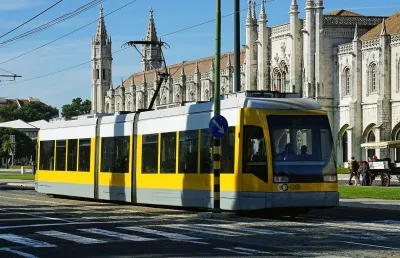
Route 15 is one of the five historic tram lines, which have been operating in Lisbon since 1873.